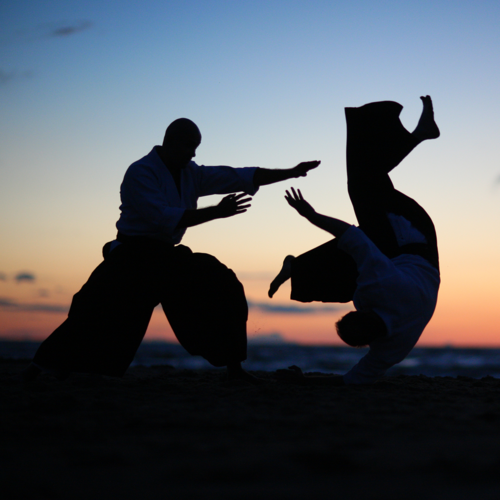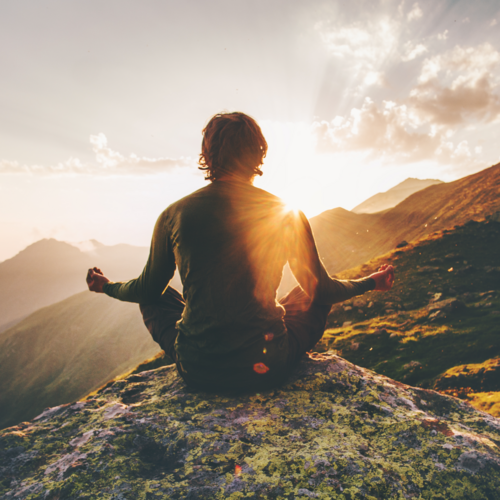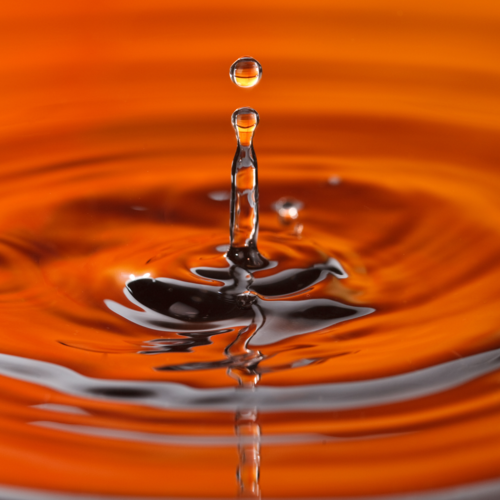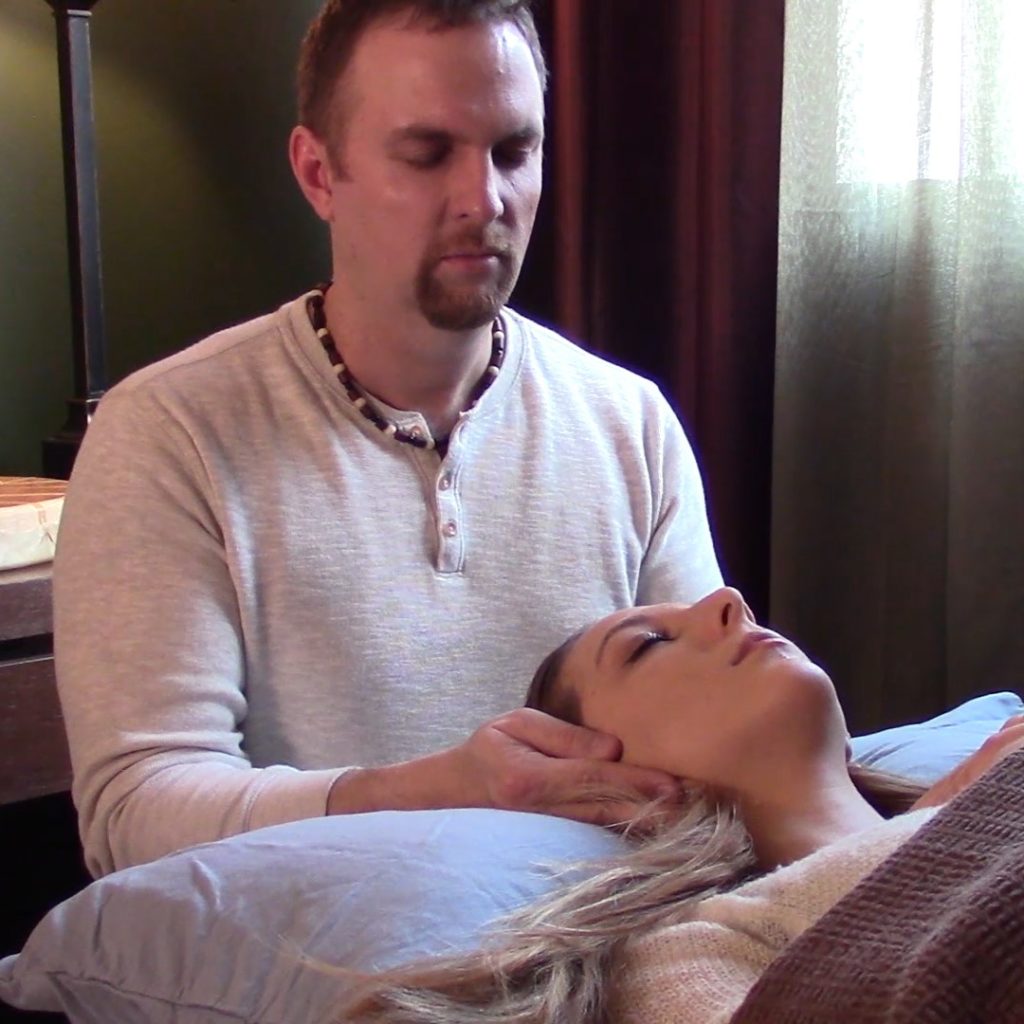Hello friends,
I wanted to share an important update about my energy healing practice and where I’ll be offering sessions moving forward. Many of you know me from my work in Toronto, where I’ve spent years offering medical intuitive readings, Reiki, concussion healing, and other forms of energy healing at Shape Health and Wellness.
While I will continue to see clients in person at Shape Health and Wellness in Toronto during the third weekend of every month, I’ve recently made a big personal and professional shift — I now reside in North Bay, Ontario.
This move has been both grounding and inspiring. North Bay offers a beautiful connection to nature, the land, and the stillness that supports deep intuitive work. As someone who works closely with subtle energy fields and consciousness, this environment has become a true ally in the healing process — for both myself and my clients.
Click HERE for my Home Page of OrionMott.com
Bringing Energy Healing to North Bay
Since settling in, I’ve begun to offer energy healing sessions in North Bay, including:
Reiki treatments to balance the body’s energetic systems
Medical intuitive readings to uncover root causes of physical, emotional, and spiritual imbalances
Energy alignment therapy to restore flow and coherence throughout the body
Consciousness-based healing and intuitive guidance for those navigating life transitions or emotional blocks
Whether you’re seeking relief from chronic pain, emotional overwhelm, or simply want to deepen your self-awareness, these sessions offer a safe, non-judgmental space to explore the layers of your own energy and consciousness.
I’ve found that the North Bay community is open, curious, and ready to embrace this kind of work. There’s something about the natural elements here — the lakes, forests, and slower rhythm of life — that supports a profound level of energetic release and transformation.
Remote Sessions Also Available
For those who aren’t in North Bay or Toronto, I continue to offer remote energy healing and intuitive readings. Energy work transcends physical distance, and many of my clients experience just as deep a shift online as they do in person.
If you’ve been curious about distance Reiki or online medical intuitive readings, this can be a wonderful way to stay connected and supported no matter where you are.
Toronto Clients — I’m Still There for You
For my long-time Toronto clients — don’t worry, I haven’t gone far!
I’ll still be available for in-person sessions at Shape Health and Wellness every third weekend of each month.
If you prefer hands-on energy healing, craniosacral therapy, or intuitive bodywork, you can book during those weekends. Appointments tend to fill up quickly, so I recommend scheduling in advance through my website.
Why North Bay Feels Like Home for Energy Healing
North Bay’s natural energy is unique. The area’s connection to the ancient rocks of the Canadian Shield, the waters of Lake Nipissing, and the quiet expanses of forest create a frequency that amplifies healing and intuition.
In this environment, my energy readings and intuitive guidance work have become even clearer and more potent. Clients often comment on how deeply they drop into a meditative, restorative state during sessions here.
It feels like the land itself participates in the healing — reminding us of our inherent connection to something larger, timeless, and intelligent.
Booking a Session
Whether you’re in North Bay, Toronto, or anywhere else in the world, you can book an appointment by texting my cell phone (416) 801-0142
Here’s how I currently offer sessions:
North Bay (in-person): Available most weeks by appointment
Toronto (in-person): Third weekend of each month at Shape Health and Wellness
Remote (online): medical intuitive readings, spiritual counselling and energy work available worldwide
If you’re in North Bay and have been searching for energy healing, Reiki near me, or medical intuitive readings in North Bay, I’d be honoured to work with you. Together, we can explore the energetic roots of health, consciousness, and transformation.
A Closing Thought
This move isn’t just about geography — it’s about creating a balance between the vibrant pulse of Toronto and the grounding serenity of North Bay. Both spaces hold powerful energy, and I feel blessed to bridge them through my work.
Whether you meet me in person at Shape Health in Toronto, or here in the peaceful energy of North Bay, I look forward to continuing this journey of healing, awareness, and connection with you.
With gratitude,
Orion Mott
Medical Intuitive | Energy Healer | Reiki Practitioner
https://orionmott.com




